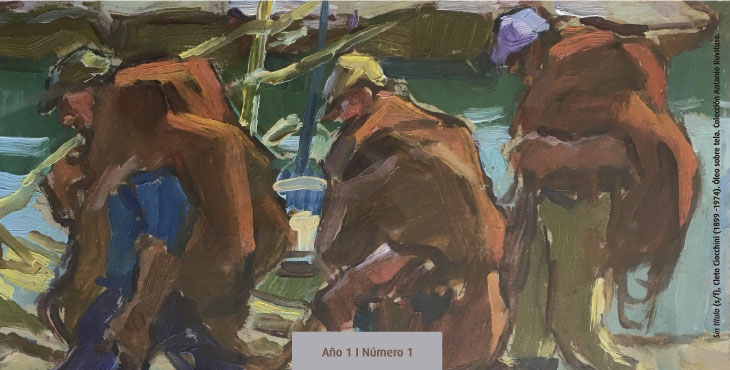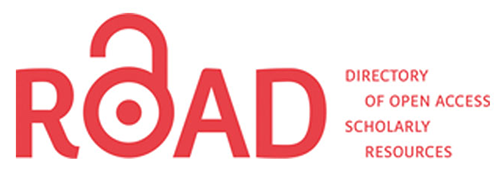Divergent models: between history and aesthetics. Re-reading of the historical work of Eduardo Schiaffino
Keywords:
Eduardo Schiaffino, aesthetic model, historical model, positivism, symbolismAbstract
Eduardo Schiaffino linked his state management with the task of examining the artistic past, taking as a model the positivist proposals of Hyppolite Taine. The idea that an art class can be determined by the moral state, which in turn is conditioned by race, moment and means, organizes the work of the Argentinian artist and establishes, at the same time an evolutionary and progressive conception of art.The pictorial work of Schiaffino, on the other hand, is linked to the symbolism, a contemporary movement opposed to positivism. In this article, I will analyze how this preference is introduced in the critical-historical discourse. My hypothesis holds that a methodology linked to positivism introduces an aesthetic model that could come into conflict with the presuppositions of the historical and methodological model.Downloads
Downloads
Published
How to Cite
Issue
Section
License
Current policy since 2019
The acceptance of the manuscript by the magazine means the non-exclusive cession of the property rights of the authors in favour of the editor, who allows the reuse, after publication (post print), under a license Attribution-NonCommercial-ShareAlikes 4.0 International (BY-NC-SA 4.0).
According to these terms, the material can be copied and redistributed by any means or in any format as long as a) the author and original source of the publication are quoted (magazine and URL of the work), access to the license is provided and whether changes have been made is mentioned; and b) the material is not used for commercial purposes.
The cession of non-exclusive rights means that after the publication (post print) in Armiliar the authors can publish their work in any language, means and format; in such cases it must be mentioned that the material was originally published in this magazine. Such cession also means the authorization of the authors for the work to be collected by SEDICI, the institutional archive of the Universidad Nacional de La Plata, and to be spread in the databases that the editorial team considers appropriate to increase the visibility of the publication and its authors.
Moreover, the magazine encourages the authors to deposit their productions in other institutional and thematic archives under the principle that offering the society the scientific and academic production without any restrictions contributes to a greater exchange of the global knowledge.



























